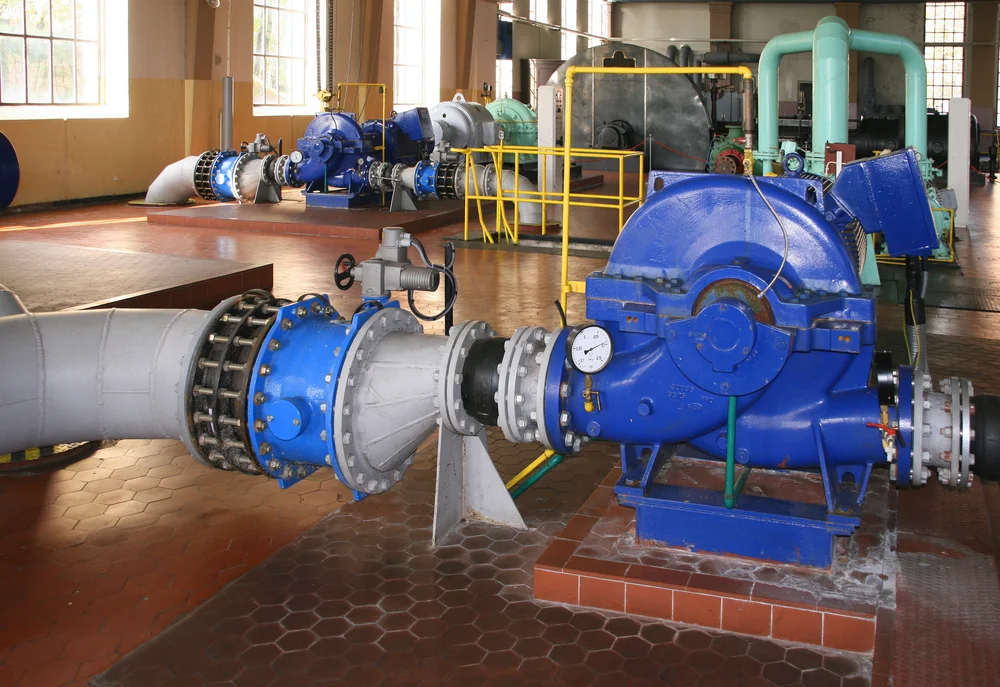The Sediment Conundrum
/Sediments is formed by the natural process in which material (such as stones and sand) is carried to the bottom of a body of water and forms a solid layer. It is a source of life in a healthy river system as they form a variety of habitats for benthic organisms and facilitate the nutrient cycle of the aquatic ecosystem. However, just as the sediments can be a source of life, when contaminated, the sediment can be the actual source of pollutants releasing into the overlying aquatic environment. This can only be accomplished with an integrated approach which can assess and understand the relationships between the various components of the water resource. Current monitoring programs mainly focus on determining the water quality, and not the additional factors which can influence the actual quality of the environmental resource and the potential risk. This has resulted in a lack of methods to assess the other environmental variables such as the sediment.
The Water Research Commission (WRC) hosted a workshop entitled “The Sediment Conundrum” which aimed to discuss and develop an integrated approach which can lead to better coordination in the monitoring and management of contaminated sediments. The workshop was attended by sediment researchers, users, laboratories, consultants, mining companies, environment practitioners responsible for Environmental Impact Assessments(EIA’s), Government Departments, practitioners responsible for Microbial Monitoring Programmes and citizen Science groups working with sediment analysis.
Dr Eunice Ubomba-Jaswa from the WRC opened the proceedings saying that the sediment environment is highly variable and inevitably complex, both of which contribute to the difficulty in monitoring and managing contaminated sediments. She explained that scientific decisions are based on the results received back from laboratories, yet it is only with the use of consistent methods for sample collection, manipulation, and storage that accurate data can be obtained in order to co-ordinate programs which prevent, remediate, and manage contaminated sediment.
Dr Eunice Ubomba-Jaswa - Research manager from the Water Research Commission
Dr. Sebastion Jooste from the Department of Water and Sanitation (DWS) resource quality information services said what is missing in water quality research is the sediment “the stuff that sits at the bottom” (bedload). “We are interested in the suspended load when it comes to the water quality perspective” said Jooste and there is a need for a National Particulate Surveillance Programme and monitoring programme.
Dr. Stanley Liphadzi, executive manager from the WRC, said that the thinking around sediment is getting more serious and research needs to move beyond the physical chemistry side to surrounding issues of water systems such as the impact of sediment on the economy and food production. The WRC R&D portfolio is moving in that direction addressing issues of where sediments are coming from, who the users of water and land use practices are as well as the impact of sediment on infrastructure (dams, pipes etc.).
Dr. Bridget Shaddock from Golder Associates Research Laboratories said they are busy with a research project developing a preliminary approach to sediment site evaluation and associated risk. This approach will look at consolidating available sampling methodologies and the roles of various analysis approaches. Contaminated sediment and storm water run-off was identified as the long-term source of pollution in aquatic systems.
Dr. Akebe Luther King Abia from Vaal University of Technology highlighted the lack of microbiology studies conducted on sediment relating to the pathogenic forms of bacteria. From current evaluations in was found that people swimming in an environment with these pathogenic organisms bound to sediment have an increased risk of infection.
The successful management of water resources depends on the co-operation from all spheres of government, water users and stakeholders. The workshop and outcomes is the beginning of a standardised approach to ensure more accurate sediment quality data, facilitating comparisons between sediment projects and ultimately the development of region specific guidelines.
Issued by: Water Research Commission Adriaan Taljaard - Manager Media and Communication





